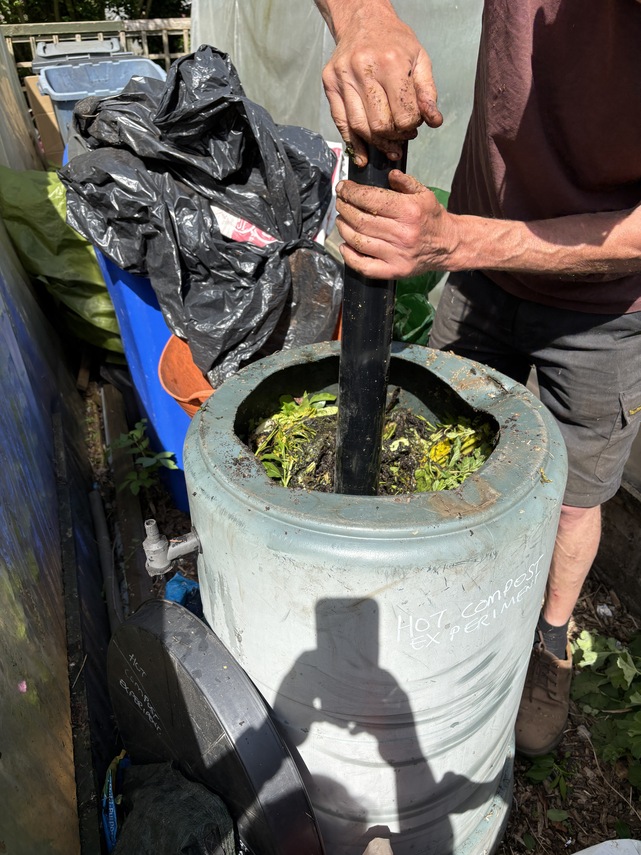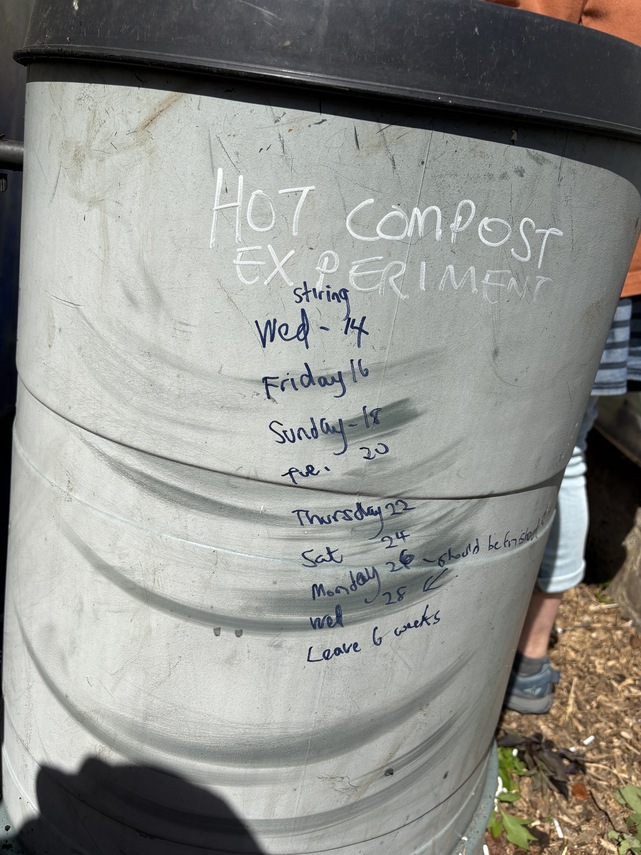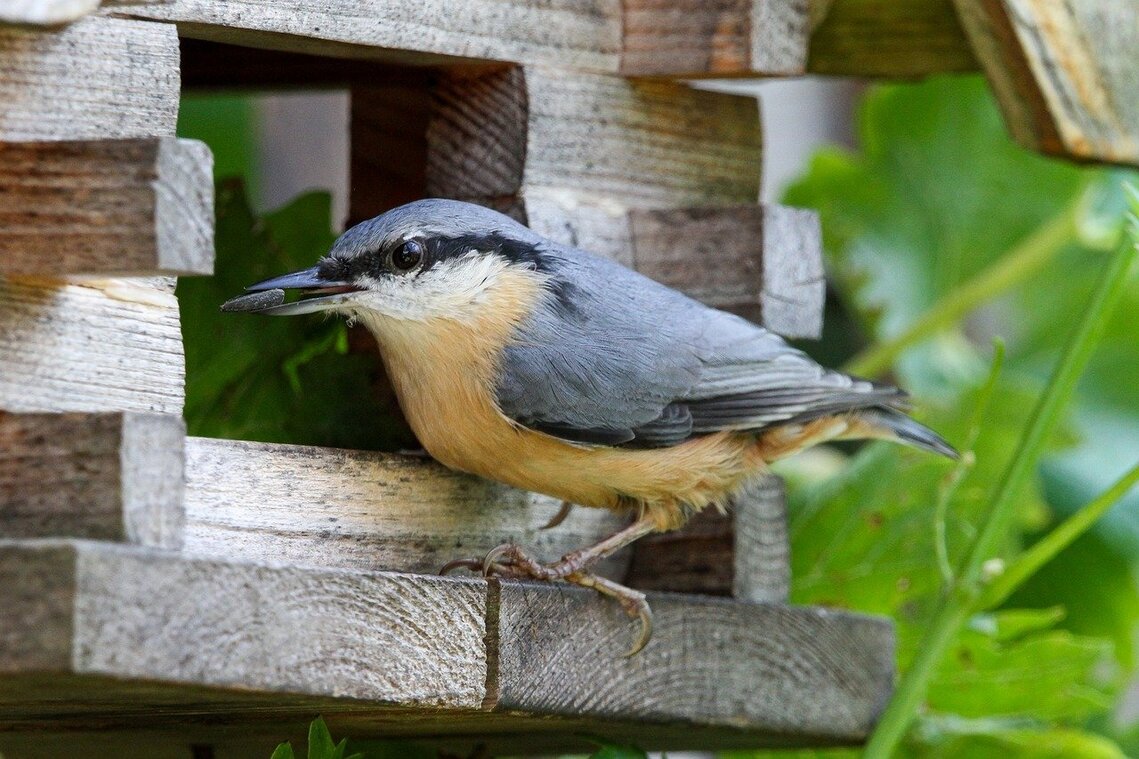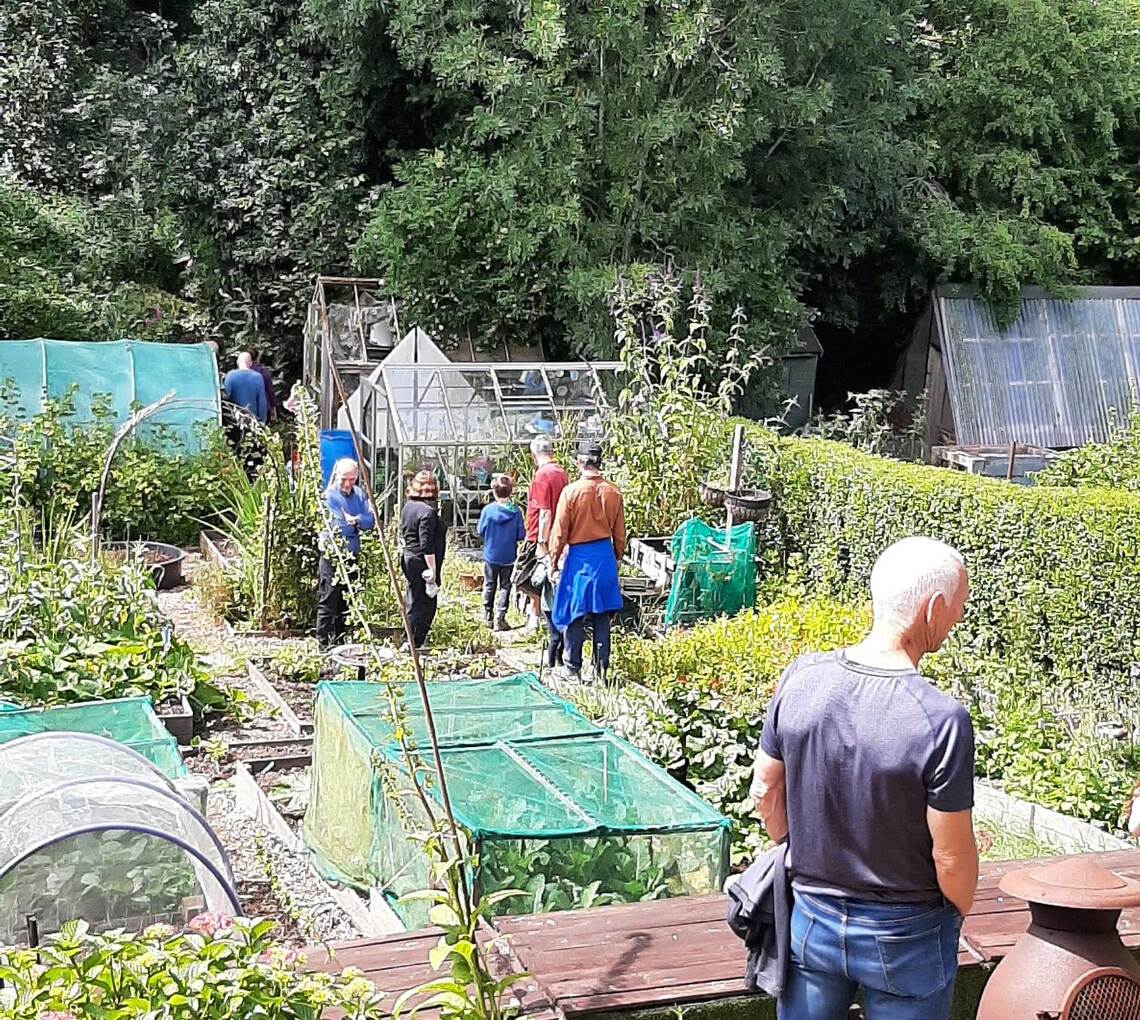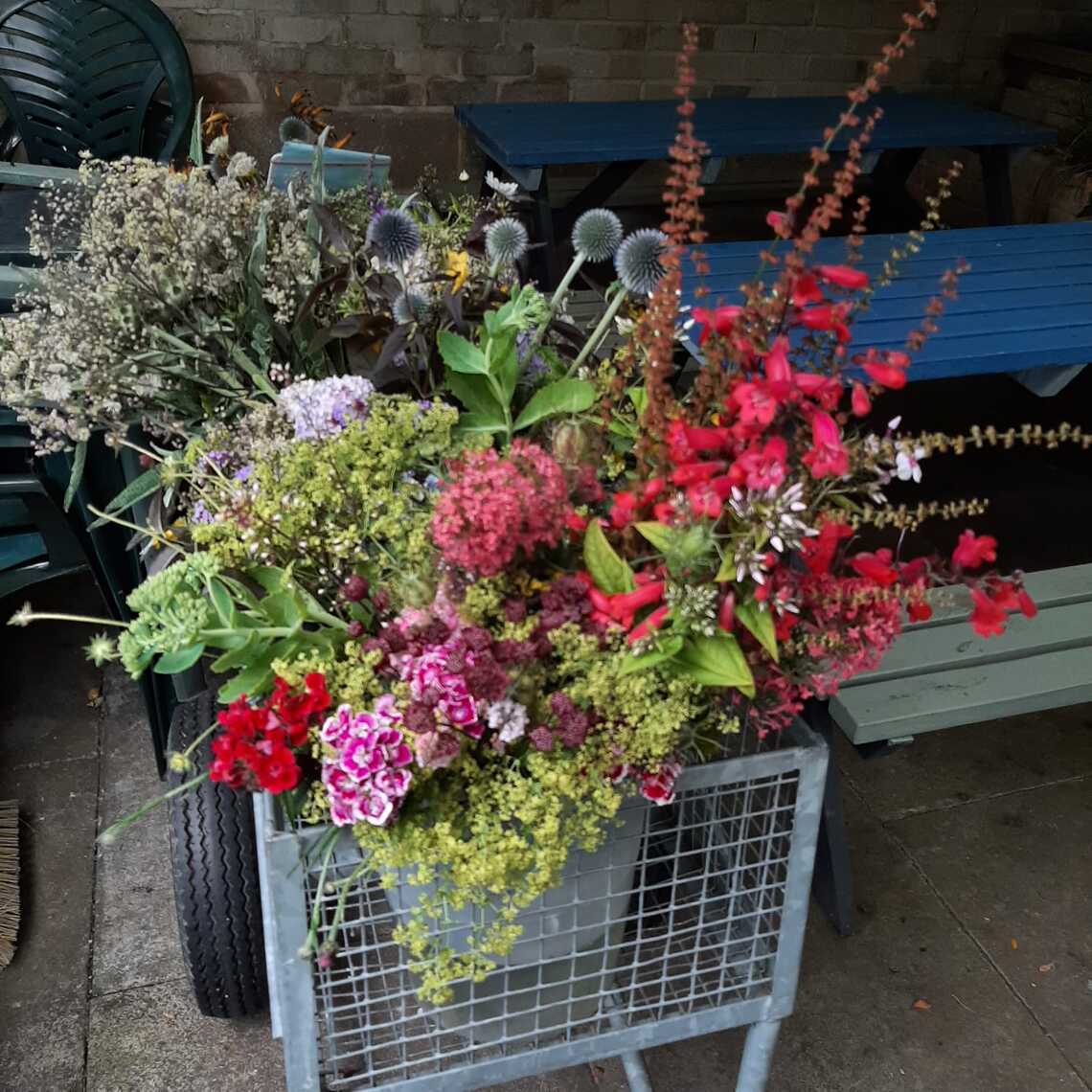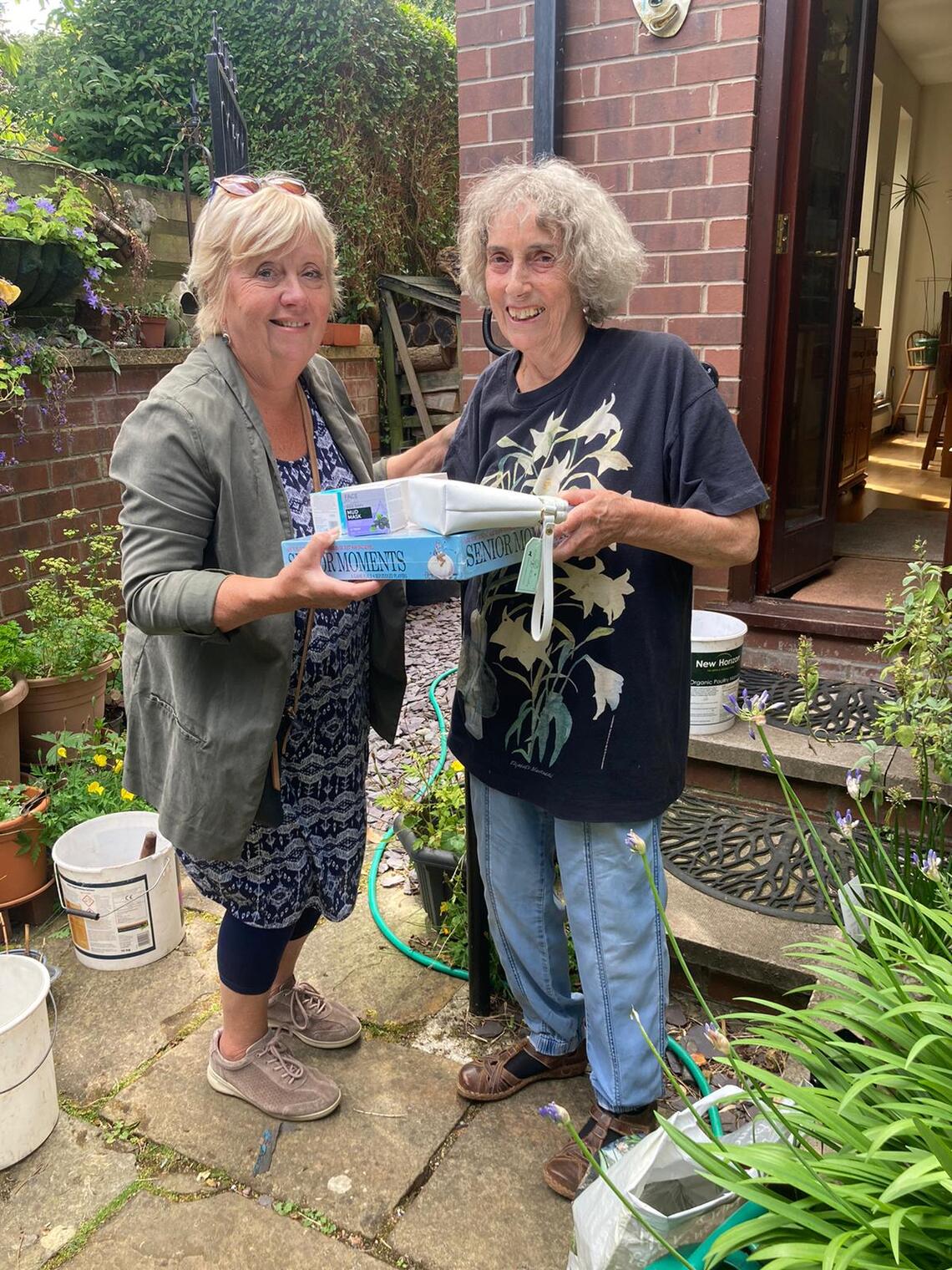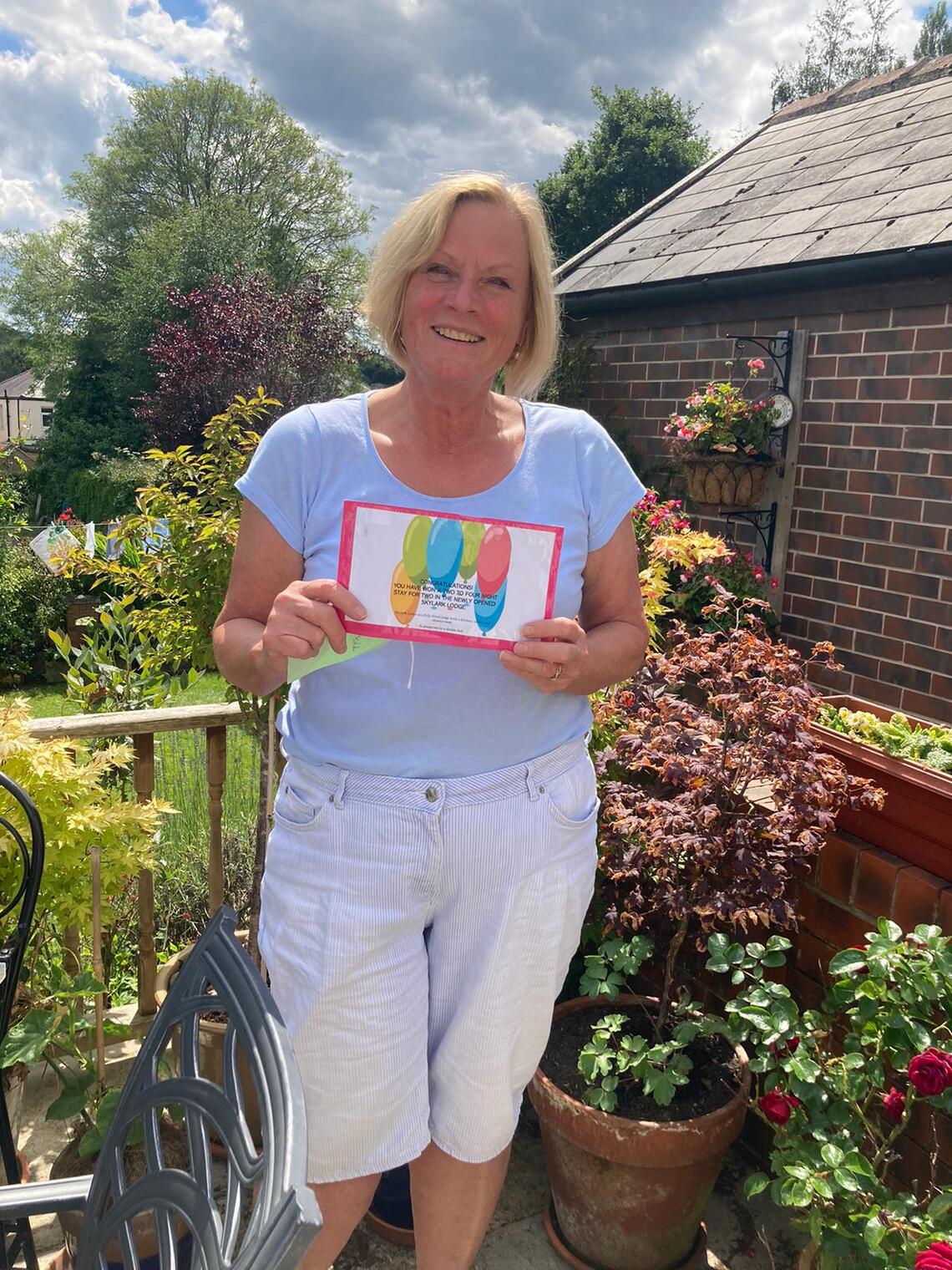Learn and Grow sessions
Composting
We had a brilliant morning discussing composting, comfrey and nettle feeds.
Sarah and Lauren told us about hot composting. We started a hot compost experiment at the hub aided by Paul and Sheena with the ingredients from Sarah. Lesson learned: don't forget the aeration pipe!
1 comment
All about the birds
Learn and Grow session bird walk
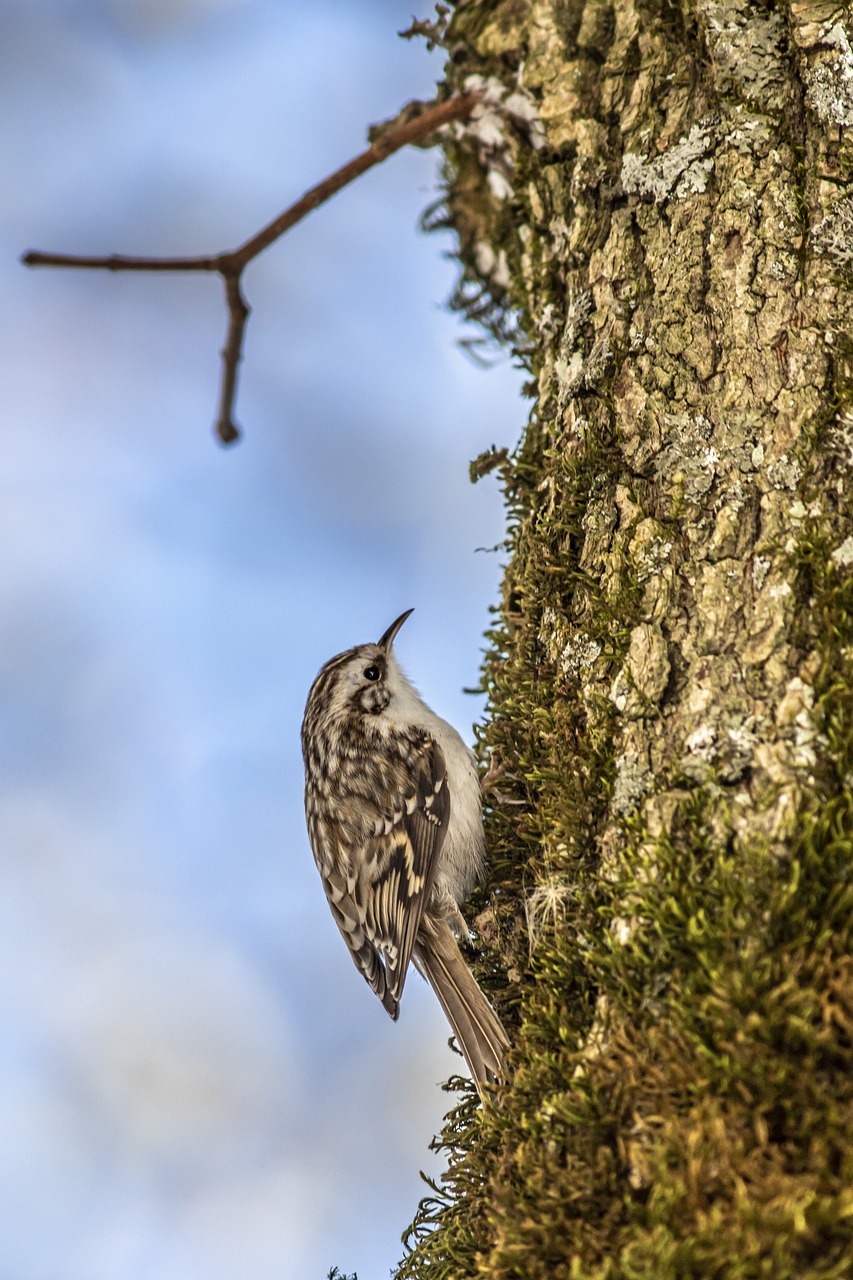
Hundreds attended the 2024 Woodseats Allotment Open Day
Sunday 7 July
The forecast of rain did not stop the people of Woodseats and beyond from enjoying a day out at Woodseats Allotment.
The gates were opened to the public to be able to visit plots on the Allotment site and to enjoy a range of activities. There was produce, flowers and plants for sale.
The music provided by Dora and the Explorers, The Humzingers and Ukulele Sundays had everyone’s toes tapping. Creating a really great atmosphere for all those who attended.
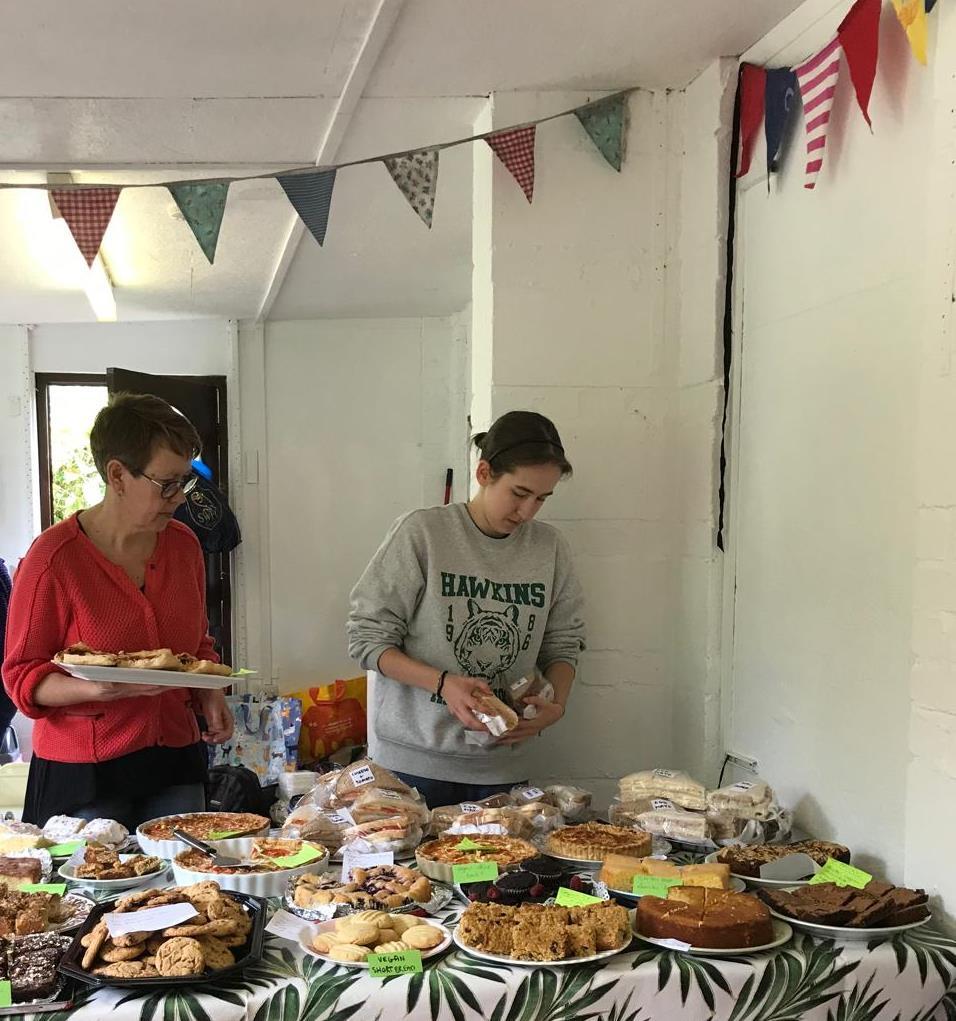
We had lots of vegan and gluten free options too. There was a selection of freshly made sandwiches, homemade quiches and vegan tarts.Our team of 4 worked their socks off and were grateful for the extra helpers.
Our Allotment Community grow some amazing flowers on their plots and at home.
They are not just pretty, they are pretty good pollinator friendly plants.
The florist team collect fresh blooms the day before the Open Day to make up bunches and posies ready for sale.
Another successful raffle this year because of the generosity of allotment holders, friend in the community and local businesses donating prizes. The raffle had over 20 prizes with the first prize being a Holiday for two in the newly opened Skylark Lodge.
We’ve been blown away by the positive feedback - thanks to everyone who came and enjoyed themselves. See you next year.
Archive
Use the calendar or list of months to view entries made on those dates.
| S | M | T | W | T | F | S |
|---|---|---|---|---|---|---|
| 1 | 2 | 3 | 4 | 5 | ||
| 6 | 7 | 8 | 9 | 10 | 11 | 12 |
| 13 | 14 | 15 | 16 | 17 | 18 | 19 |
| 20 | 21 | 22 | 23 | 24 | 25 | 26 |
| 27 | 28 | 29 | 30 | 31 |

